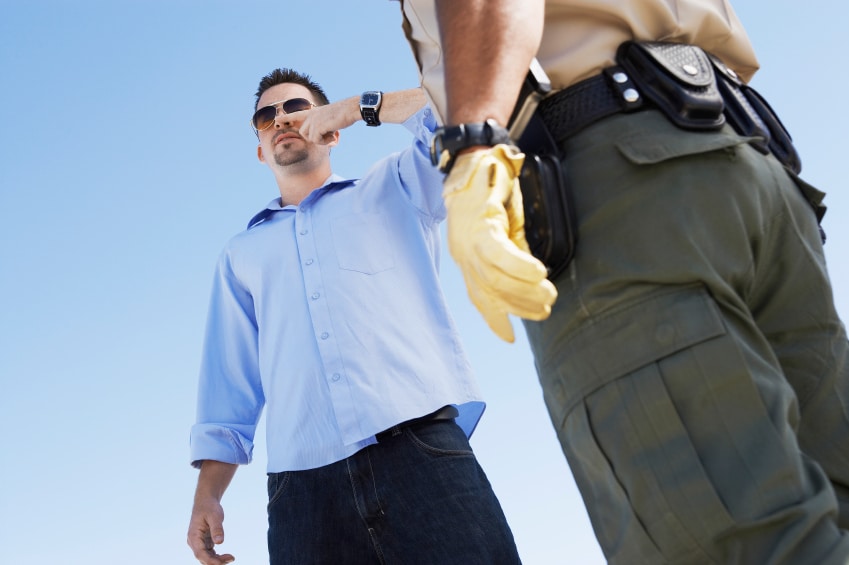
This holiday season you and I (euphemistically referred to as “motorists” in the press), will be bombarded by the usual warnings. The state police will have standard public relations campaigns against drunk driving. Local police departments will issue press releases about DUI checkpoints. The common thread in all of these well-intentioned warnings is not to be a statistic. But, what are the statistics? For many years now, the federal and state government has been collecting important information about crashes. A review of these real statistics is quite telling.
First, a word about police accident reports. The Code of Virginia carves out a special place in the law for these reports. The law makes it clear they are to be used primarily for statistical purposes and to help make our roads safer. For this reason, the reports themselves are not admissible in evidence. This is an oddity that continues to amaze both private citizens and attorneys alike. But the effect of this special treatment for accident reports has been positive: the police aggregate important information about seat belt usage, road configuration, weather, time of day, airbag deployment, property damage estimates, etc., etc., and all of that information is fed into a big computer. The Virginia Division of Motor Vehicles regularly publishes its analysis of these figures. A quick review of recent statistics is telling—and may help you avoid being a statistic.
First, the bad news. Through the last date the information was published, the number of fatal accidents in the Commonwealth of Virginia has gone up. This figure includes an almost doubling of accidents involving pedestrians versus vehicle drivers, and shows a steady level of accidents involving drunken people. Some statistics are hard to explain, e.g. May and October tend to be the worst months for fatal accidents (with December a close third). Perhaps predictably, Saturday and Sunday are the worst days for accidents and not surprisingly most accidents occur in the evening hours.
Predicting where an accident may occur is difficult. Surprisingly, the location of accidents is fairly well distributed in Hampton Roads. People who have lived in this area for a while will recognize certain intersections as more problematic than others. But quite a few accidents (even serious ones) can and do occur on smaller residential streets. For additional information, individual city governments can be contacted. The worst intersections are in fact frequently studied for improvements and many of our local cities do a good job in upgrading their infrastructure based upon the numbers.
The bottom line is that we all have to move about, and it would be foolish to be paralyzed by fear. On the other hand, common sense and attention to where you go and when you go may help you avoid the riskiest times and places. The bottom line is that accidents can and do happen everywhere, but the safest driver is a defensive driver. Here’s hoping that the coming year is healthy and prosperous—and that you can avoid becoming a statistic yourself.



Leave a Reply